5,000-Year-Old Archaeological Site Left to Deteriorate After Local Government Abandons Projects
An archaeological site in Spain with ties to ancient Iberians, the Roman Empire, and even the Islamic conquerors has been left to deteriorate after local officials abandoned it.
The 5,000-year-old site of Marroquíes Bajos is one of the longest-inhabited regions in Europe. Despite this, authorities have canceled all research, museum, and tourist-based projects and have refused to speak about the site’s neglect.
A Lack of Public Interest
Marroquíes Bajos is an archaeological site in the Spanish province of Jaen. It boasts a rich history stretching back many thousands of years.

Source: Wikimedia
According to archaeologist and professor of prehistory Arturo Ruiz, the 75-hectare site “is an archaeological zone of exceptional value.” Yet, despite this, local authorities have neglected the site, claiming it is a result of a lack of public interest.
Long Grass Begins to Swarm the Site
José Manuel Higueras, the former counselor of Culture of Jaén, explained that the site’s abandonment is clear.

Source: Freepik
“More than two meters of grass has grown over the various excavation sites, particularly affecting the Roman cistern and well, the area where both the first Iberian burial and one of the Chalcolithic rings were found,” he said.
City Council Foregos Mentioning the Neglect of Marroquíes Bajos
When Higueras served in the municipal government, educational activities and tours of the site were frequent, and several archaeological volunteer camps even took place.

Source: Freepik
While the current City Council spoke of the archaeological site during a meeting in July, they have refrained from commenting on the ongoing neglect of Marroquíes Bajos.
The Last Archaeological Work Conducted at the Site in Jaen
One particular section of the site, known as Plot C, was the last region to receive archeological work. In 2023, a team of researchers conducted a non-invasive archaeological technique known as georadar, which allowed them to scan for structures buried deep beneath the ground.
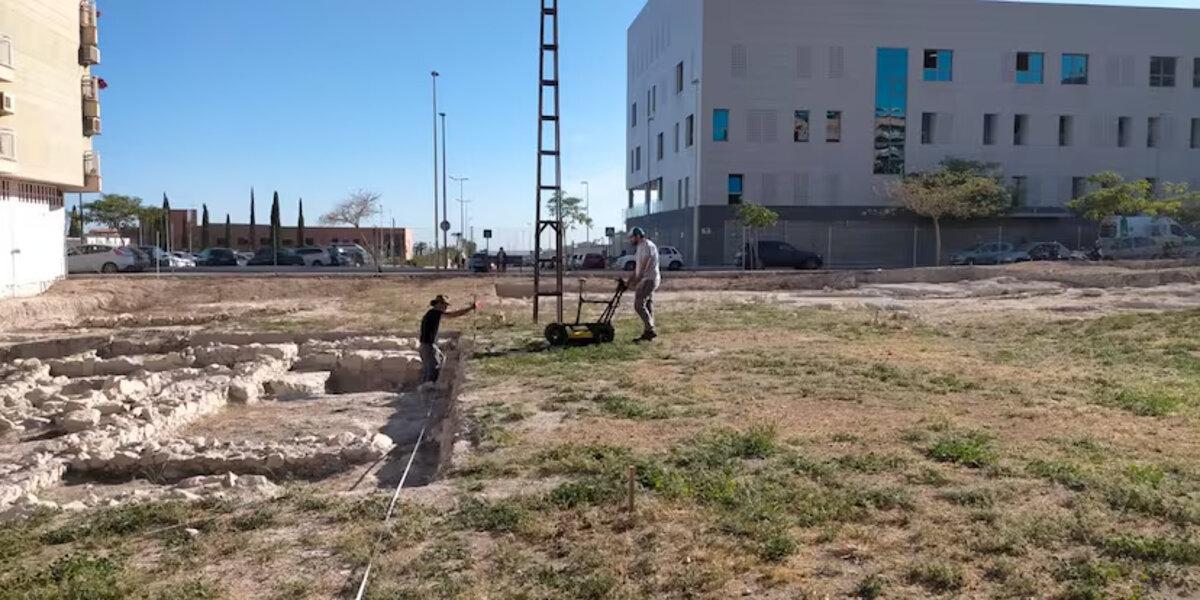
Source: Jaén City Hall
The results found various structures from different time periods, including homes, wells, and even part of a moat dating back to the Chalcolithic period.
5,000 Years of History
Jesús García Sánchez, from Merida’s Institute of Archaeology (IAM), detailed the significance of the findings in a statement.
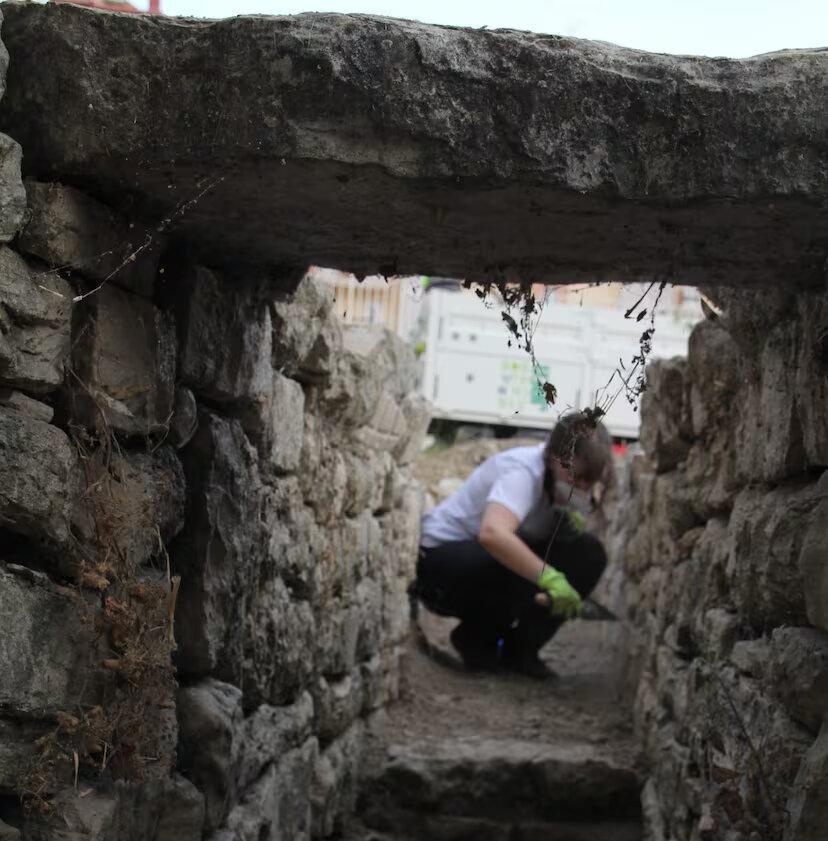
Source: Jaén City Hall
“Archaeological remains of various depths are detected, which is evidence of the great overlapping of different remnants, accumulated over the 5,000 years of history of this archaeological area that had a large central structure,” he said.
Researcher Breaks Down the Testing Conducted at Marroquíes Bajos
Sánchez, who also works as a researcher for Spain’s national research center CSIC, detailed the testing conducted by the researchers at Marroquíes Bajos.

Source: Freepik
“This method is based on a radar sensor that emits a pulse to interact with the different materials it finds in its path and allow us to know the characteristics and geometry of the elements that are buried and also to understand the sites in a three-dimensional way,” he said.
The Historical Significance of Marroquíes Bajos
Before the site was abandoned, three seasons of excavations were completed, which resulted in the discovery of hundreds of artifacts. These help shed light on the region’s long history, which stretches back to the Chalcolithic period.
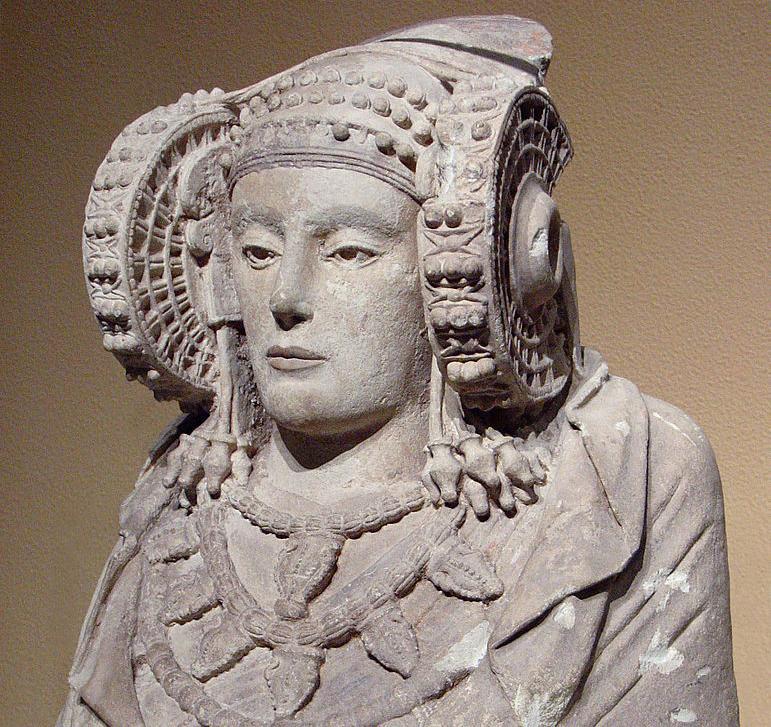
Source: Wikimedia
Iberians, Romans, Visigoths, and Islamic groups all lived in the immediate vicinity of the site, showcasing its historical significance.
Roman Villa Discovered at the Site in Jaen
Over three years ago, during early excavations, archaeologists unearthed the remains of the Roman villa of Los Robles.

Source: Wikimedia
Regarding the significance of the history, archaeologist Marcelo Castro explained the site produced several sculptures “that provided valuable information about a fundamental period in Western culture, such as the establishment of Christianity and the end of pagan rites.”
Researchers Discover Statues of Roman Deities
Archaeologists discovered a life-sized head of a woman at the Roman villa alongside sculptures of Roman deities, including Diana, Priapus, and Venus. Other items of interest, including ceramics, glass, and coins, were also unearthed.
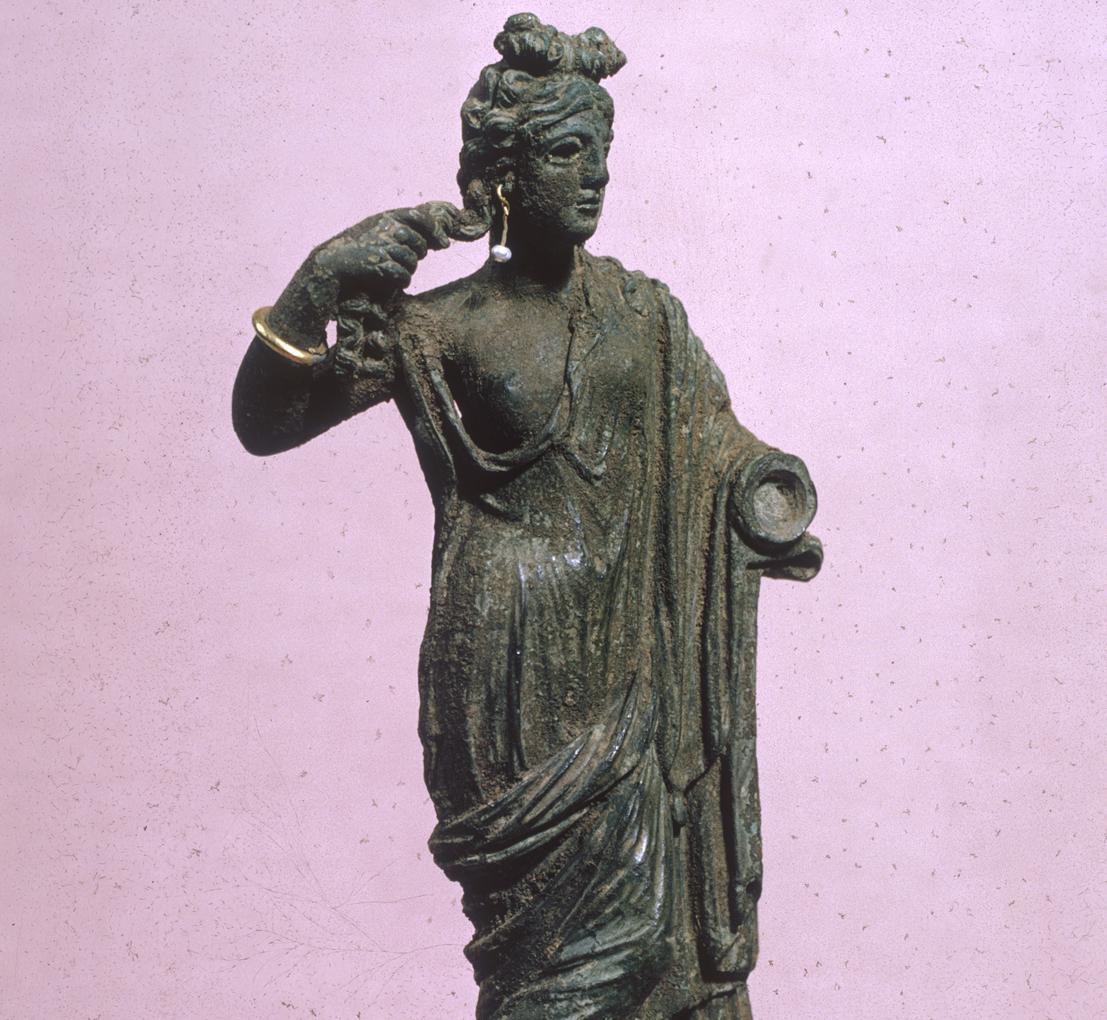
Source: Wikimedia
The municipality of Jaen has proposed plans to construct an olive oil tourism center beside the Roman villa. However, there has been no official announcement of when this project may take place.
Regional Government Aims to Construct Building Atop Ruins in Jaen
The Andalusian regional government has proposed construction plans of its own, which aims to construct the City of Justice at the center of Marroquíes Bajos while promising to preserve the entity of the archaeological site. At the chosen location, a team of researchers had previously unearthed two 4,500-year-old anthropomorphic idols,

Source: Freepik
“The small statues have come to signify the social change in power structures that takes place in the middle of the third millennium before our present era,” according to the director of the excavation, Vicente Barba.
A Link to Atlantis
The site also played a prominent role in a 2017 documentary produced by prominent filmmaker James Cameron, who proposes a link between Marroquíes Bajos and Atlantis.
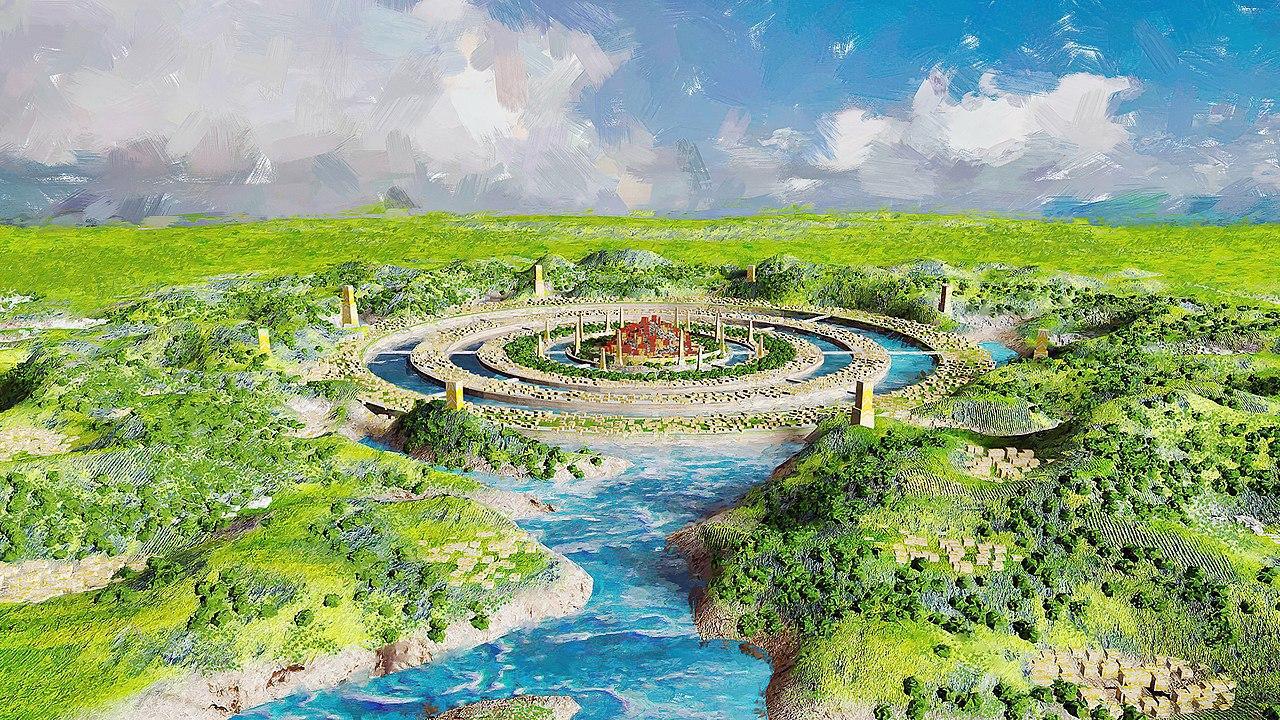
Source: Wikimedia
“We are convinced that Marroquíes Bajos is the remains of a city that is related to the legend and tradition of Atlantis. It is not a coincidence that these people built this city thinking in a concentric circular design,” said Georgeos Díaz-Montexano, an expert in historical-scientific studies of Atlantis.
